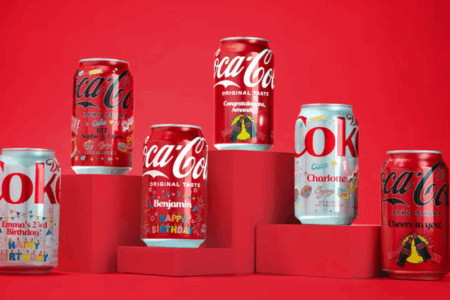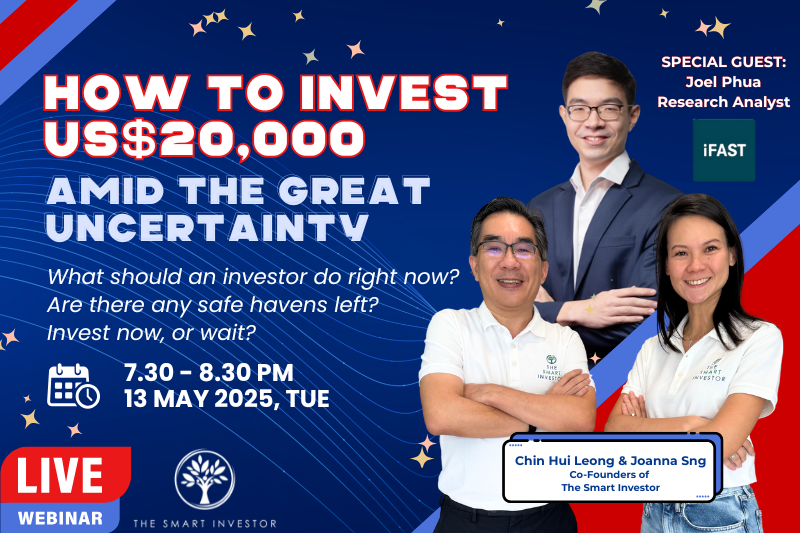It is not easy to be an investor today. It could be even harder if we are approaching or already are in retirement. Consider this: The Singapore market is roughly 4.5 per cent lower today than at the start of the year, while the Malaysian market is worth 3.4 per cent less and the Hong Kong market has lost 14 per cent of its value.
Markets should recover, though. Until they do, we have high interest rates that could stay elevated for longer that could provide us with some respite. It is possible right now to earn a reasonable return on risk-free investments such as Treasuries, time deposits and savings accounts.
Timing the switch
The crucial question, however, is when should we lock in those high interest rates? Put another way, is it possible to time the switch from equities to fixed-interest investments?
If we should leave it too late, our equities could be worth even less than they are today. That is, we could be selling our shares at reduced prices or even at a loss. This means that we are essentially eating into our principal or capital base.
For some investors, selling shares, even at a loss, could be the only available option. As the stock market goes down, we could be forced to sell more of our shares and erode more of our capital base in order to meet the income that we require. This is known as dollar-lost averaging.
A timely reminder
Forced selling could be bad news for people in retirement who might rely on withdrawals from their principal, together with interest and dividend income, to maintain their lifestyles. After all, isn’t that why many of us invest, namely, to enjoy a better life when we decide to stop work?
It was fine when stock markets were rising steadily. But recent market activity is a timely reminder of the very real risks of equity investing for retirees (or near retirees) who still cannot afford to ignore shares. With the benefit of today’s medical advances, retirement could last for decades. With that kind of holding period in mind, we may need the power of shares, whether we like it or not, to give a boost to some of our lower-risk, lower-reward investments.
Some people say that bonds are a viable option. They may be right up to a point, especially now when bond yields are high. But locking in losses in our share portfolios to reinvest into bonds can leave us with much less principal from which we can benefit from those attractive coupons.
The problem is that as the capital base erodes, the income that could be generated also declines. A capital base of S$100,000 would generate a yearly income of S$4,000 at a bond yield of 4 per cent. If we should drawdown S$20,000 from our capital, then an S$80,000 capital base would generate an income of S$3,200. And a S$60,000 capital base would only generate an annual income of S$2,400.
Compare that situation with an income investor – someone who invests in a basket of shares that is capable of generating not only regular dividends, but also dividends that rise steadily regardless of what is happening to the shares’ market prices. By judiciously selecting the shares that go into the basket, it is possible to not only generate regular income, but also income that has the propensity to rise faster than the rate of inflation.
Eating from a smaller pie
Unfortunately for some stock-market investors, selling shares – even if it may be at a loss – may be the only option. As shares go down, they may need to sell more of their positions and liquidate more of their capital base to meet their income requirements. In the worst case, so much of their capital base may need to be gutted – from which they may never be able to recover.
This is not hyperbole. In retirement, we want to preserve our capital base for as long as possible without having to sell down our principal to make ends meet. But if we are regularly eroding our principal, not only is our capital shrinking but the income that we expect to generate from our capital could also steadily decline.
One solution could be to invest in a basket of shares that are capable of growing their dividends. It is important to keep in mind that the capital base will inevitably fluctuate. It might even dip into the red. But provided the shares are carefully selected, the portfolio should continually generate income regardless of what is happening in the market.
Despite uncertainty in the markets, solid dividend payers still matter right now. They can provide us with a steady stream of quarterly or six-monthly cheques, reducing the need to panic sell, and allowing our capital base to remain untouched and grow over the long run.
Note: An earlier version of this article appeared in The Business Times.
By the time your child grows up, inflation will have gobbled up their savings. If you not only want to protect their money but also grow it, there are 3 SGX stocks you can consider buying. One has already proven to give a 55.8% dividend pay rise. Get all the details in our latest special FREE report. Just click here.
Disclosure: David Kuo does not own shares in any of the companies mentioned.





